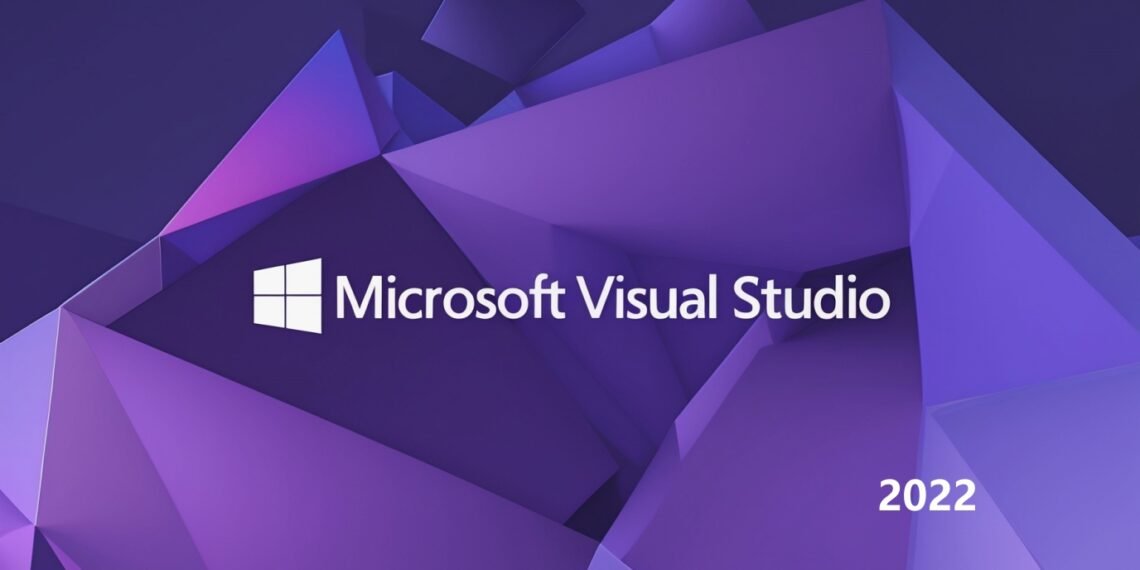[ Updated on June 26, 2025 ]
Part 1: The Blueprint, Why .NET MAUI and Why a DevJournal?
Hello, and welcome to “The .NET MAUI Workshop” series. My name is Larry Toscano, and this blog, Code Harbor, is a new project for me– a journal of programming and research. After a 25-year career in IT and software development, I took a seven-year break from computers, but recently felt a renewed interest in pursuing programming as a hobby.
That interest wasn’t sparked by any single thing, but rather by what I see as a powerful convergence of three major technology trends: the long awaited maturation of Microsoft’s .NET, the introduction of .NET MAUI, and the sudden explosion of AI as a useful programming tool and integrable service. It seems to me like a perfect storm of innovation; and, it’s too exciting for me to ignore.
This post is part 1 of a ten part series, describing my setup for a .NET MAUI and .NET development environment on a Windows 11 computer. Except for adding the setup for Blazor hybrid programming in part 9, this ten-part series will not cover .NET web development. I am focusing only on mobile app development, using the .NET MAUI workload and the hybrid use of .NET MAUI components with the affiliated Blazor workload.
For those new to the Microsoft .NET, let’s start with a high-level overview. The .NET platform evolved from NGWS in the 1990s to .NET Framework (for Windows-only) in 2002, then to .NET Core (cross-platform) in 2016, and finally to a unified, cross-platform (meaning that Microsoft took a hodgepodge of often unrelated .NET frameworks and began consolidating them into a single cohesive platform) named .NET 5 in 2020, at which time the name change from “.NET Core” to “.NET #” reflecting Microsoft’s goal for a single, modern, open-source development platform for all operating systems. In late 2024, a significantly improved .NET 9 was released and in late 2025, an AI-influenced .NET 10 will be released.
Think of .NET as a comprehensive ecosystem for building almost any kind of software on various platforms. Typically, .NET developer’s use the C#, or in special cases the F#, language, to program .NET, a high-performance runtime engine and a vast SDK (Software Development Kit) full of libraries and tools.
There are many frameworks, services and types of development available within the .NET environment. The one I am interested in understanding is: .NET MAUI (Multi-platform App UI). It’s the modern, official evolution of a technology called Xamarin that I was interested in years ago. .NET MAUI is a workload specifically designed to build native, cross-platform applications from a single C# codebase and project. In essence, it’s Microsoft’s answer to the “write once, run anywhere” challenge for the modern era of Windows, Android, iOS, iPadOS, and macOS devices.
My focus is on mobile application development, and .NET MAUI feels like the right tool at the right time. My reasoning is twofold:
-
The .NET of today is not the .NET Core of a decade ago. It’s open-source, cross-platform, quick, and competent. This revitalization of the core platform makes building on top of it, with frameworks like MAUI, a compelling proposition.
-
I followed its predecessor, Xamarin, with interest. Now, .NET MAUI has matured into a stable, feature-rich framework that seems to have fulfilled that original promise. The chance to use C#, a language I’ve used before, to build high-quality, native apps for all major platforms from one codebase is exactly the efficiency and power I’m looking for in my hobbyist projects.
So, why document all of this publicly? As I dive back into programming, even as a hobby, I need a structured way to approach my work. A developer’s journal is the perfect tool. My goals are simple:
-
Organize My Work: To chronologically document my research, setup, programming, and troubleshooting steps.
-
Create a Knowledge Base: This journal will become my personal, searchable repository of information, saving me from solving the same problem twice.
-
Improve My Writing and Understanding: The act of readily explaining complex topics will mean that I actually understand the topic.
-
Share My Experiences: If my notes on setups, configurations, frameworks, IDEs, languages, platforms, and computer science, or my perspective as a hobbyist programmer and researcher can help even one other person, then the effort will be worth it.
To ensure I will be putting the .NET MAUI workload through its paces, I’m targeting a comprehensive list of platforms:
-
Windows
-
Android
-
iOS & iPadOS
-
Mac Catalyst (for macOS)
-
Tizen (for Samsung devices)
I’m also setting a specific goal to explore .NET MAUI Blazor, which enables the use of web components inside a native application shell; it is a hybrid approach I’m very curious to explore.
And so, it begins. The plans are laid out, and the commitment is made. This post concludes part 1 of The .NET MAUI Workshop. I’m genuinely excited to return to programming at this point in time, to learn how much has changed, and to see what I can build with these powerful new tools, including AI.
In the next part, we’ll start assembling our toolkit, discussing the essential software concepts and tools—IDEs, SDKs, services, and source control—that will form the foundation of our .NET MAUI workshop. I expect to learn a lot about so many new and transformed ways of working with and developing software.
-End Post-






